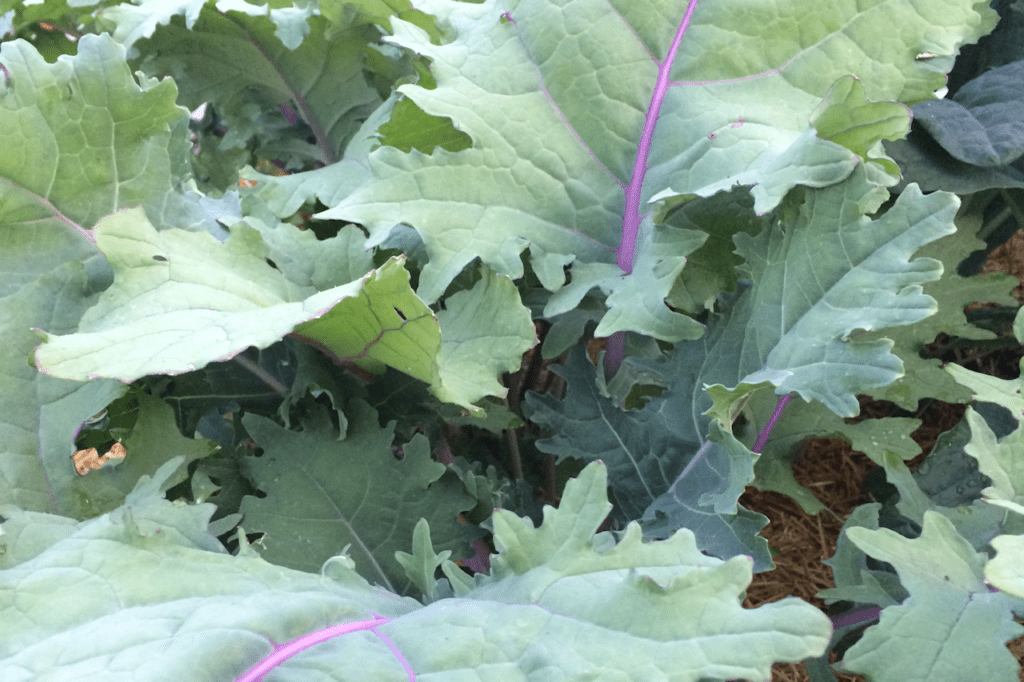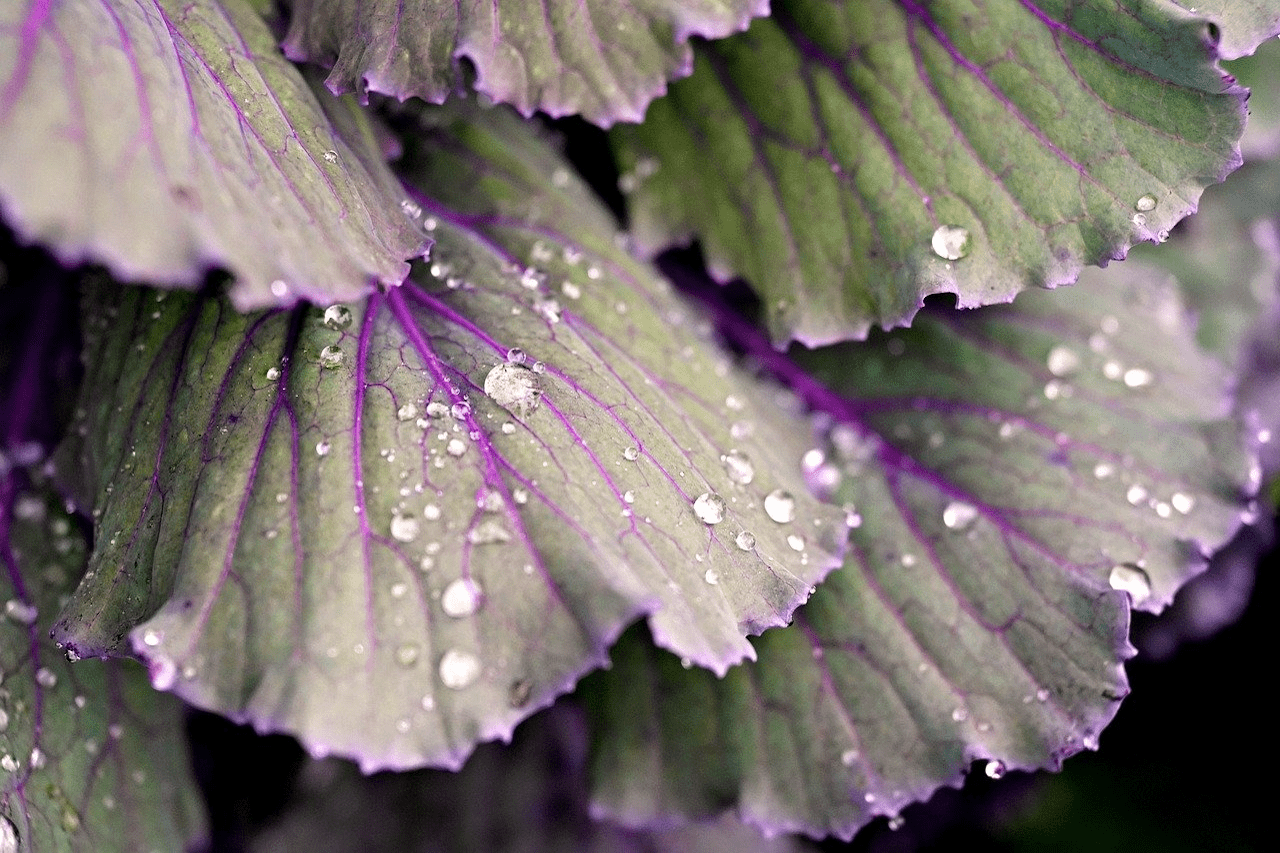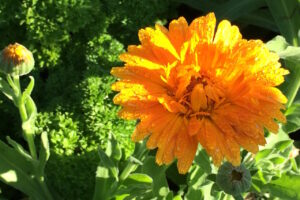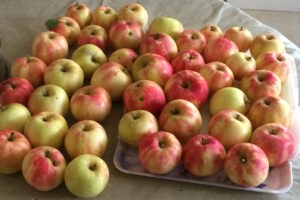The Brassicas are “cool season” vegetables. Like lettuce, they grow best and taste best before or after the hottest part of our summer. Wait until after the first light frost in autumn before eating your kale and it will be much sweeter!
The most common homegrown members of this family — head cabbage, kale and broccoli — are in the species Brassica oleracea. The Asian members of this family including Chinese cabbage (also called napa cabbage), bok choi and pak choi belong to the species Brassica rapa.
As with lettuce, there are some varieties that are more heat tolerant than others. There are also some with excellent cold tolerance.

Tips for Growing
All the members of this family can be severely affected by insect damage as mentioned in my previous post. Starting plants indoors can give these plants an edge. Once they are at least four weeks old with a few true leaves, harden them off while keeping them covered with row cover, transplant them outside and continue to cover them with row cover. If they experience some insect damage, these larger plants will be stronger and more likely to survive an initial attack.
Brassica seeds don’t need light to germinate, but once the tiny seedlings are up, they need to be put under bright light or they will get leggy. In the garden, they grow best in full sun. This year I sowed all my Brassica seeds indoors in mid- April and after hardening off, all of them were in the garden by mid-May while temperatures were still cool.
These vegetables are considered “heavy feeders.” Amend the soil with good quality homemade compost or aged, composted manure. Adding a handful of organic slow-release fertilizer to the planting holes should give the plants enough food until harvest. Follow recommended spacing between plants. Water consistently. Mulching around the plants can help retain moisture, but can also provide a welcoming habitat for slugs — another challenge.

Some Varieties to Try
These are some varieties that I’ve grown successfully:
Broccoli: ‘Piracicaba’ (Brassica oleracea var. botrytis) yields a long harvest of delicious, tender side shoots instead of a large main head. It’s a heat tolerant variety from Brazil and did well for me last year during our very hot summer.
Cabbage: ‘Copenhagen Market’ (Brassica oleracea var. capitata) is a Danish heirloom and has grown beautiful heads of green summer cabbage for me. Start this one early so it matures before summer’s extreme hot weather. It’s wonderful in summer coleslaws!
Kale: Both of these can be used in about 25 days at the baby leaf stage or when mature at 50-65 days:
‘Lacinato’ (Brassica oleracea var. acephala) is also called ‘Dinosaur’ Kale and is an heirloom variety from Tuscany. It tolerates our hot summers well, producing long dark bluish green leaves with a central rib. Frost hardy, it can be harvested well into our fall season here.
‘Red Russian’ (Brassica napus var. pabularia) is another heirloom variety and has reddish-purple stems and veins, tolerates frost well (it originates in Siberia) and has tender leaves that are great in salads.
Pak Choi (Brassica rapa var. Chinensis) ‘White Stemmed’ has been a real treat for us this year, producing beautiful, nutrient-rich dark green leaves on top of crisp white stems during the cool, wet weeks of late spring. This variety is promoted as a non-bolting variety. The central stalk can be cut when 10 – 12 inches tall, forcing side shoots, or the plant can be cut at the base and used whole.

There are so many choices in this plant family offering stellar combinations of nutrients that the advice to “eat your vegetables” is something we humans may want to follow just as enthusiastically as our insect friends.
Wendy spent a good part of her adult life moving with her husband, never staying long enough to see an apple tree mature and bear fruit. When they retired, developing a food garden and planting hardy ornamentals became a passion. Weaving her previous studies in nutrition with her current interest in gardening has become a stimulating and life-giving activity.




